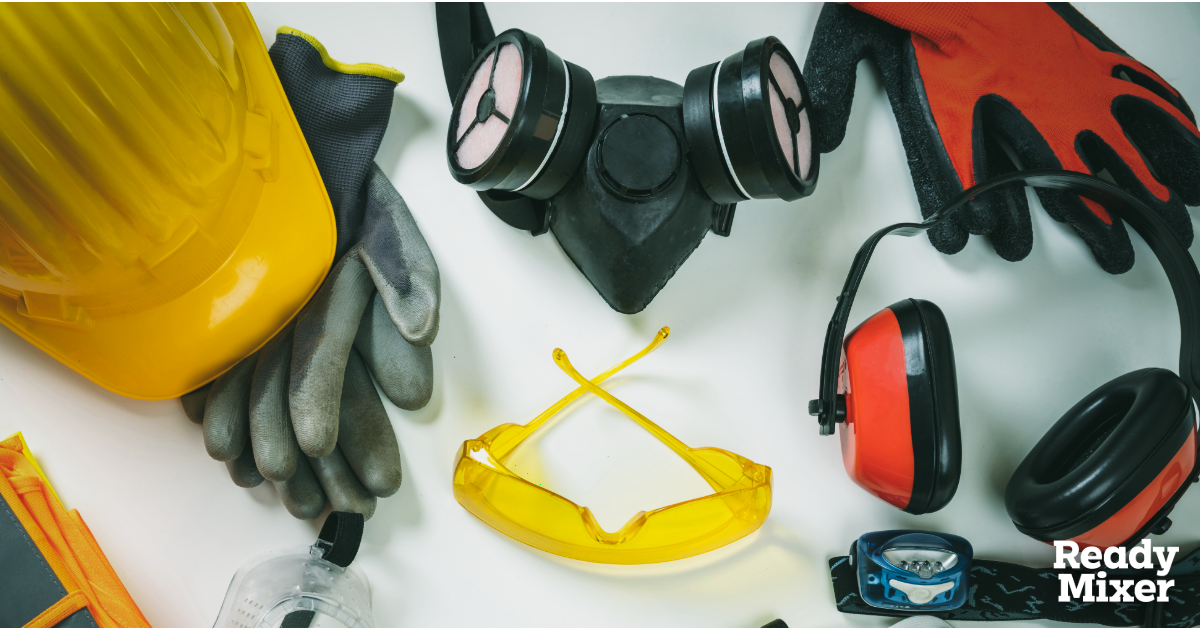When it comes to finishing concrete surfaces, a power trowel is an essential tool for achieving a smooth, durable, and professional-grade finish. Whether you’re working on a small commercial job or a large-scale construction project, selecting the right power trowel can make all the difference in efficiency and final results.
To help you make the best choice, here are the top five things to consider when choosing a power trowel for your next professional concrete project.
1. Walk-Behind vs. Ride-On Power Trowels
The first decision is whether you need a walk-behind or a ride-on power trowel.
- Walk-Behind Power Trowels: Best for small to medium-sized projects, these are cost-effective and ideal for spaces where maneuverability is key.
- Ride-On Power Trowels: Designed for large-scale jobs, ride-on power trowels like these provide faster coverage, reduced labor fatigue, and greater efficiency, making them ideal for contractors working on expansive surfaces.
💡 Pro Tip: For contractors tackling small to mid-sized projects, a walk-behind power trowel offers the perfect balance of maneuverability, affordability, and precision. It’s ideal for working in tight spaces, residential slabs, and smaller commercial jobs where a ride-on trowel might be too bulky.
2. Trowel Size & Blade Diameter
Power trowels come in various sizes, with blade diameters typically ranging from 24 to 48 inches for walk-behind models and even larger for ride-on versions.
- Smaller Trowels (24-36 inches): Ideal for tight spaces, edges, and small-scale jobs.
- Larger Trowels (36-48 inches): Cover more surface area quickly, making them perfect for open spaces and high-production jobs.
Consider the size of your project and the space constraints before selecting a trowel.
3. Engine Power & Fuel Type
The power of your trowel’s engine determines its performance and efficiency. Most power trowels run on gasoline, diesel, or electric motors.
- Gasoline-Powered Trowels: Commonly used for outdoor projects due to their power and mobility.
- Diesel-Powered Trowels: Often found in heavy-duty, high-performance ride-on models.
- Electric-Powered Trowels: Ideal for indoor work or areas with emission restrictions.
💡 Pro Tip: Ensure the horsepower matches your job’s demands—higher HP means better torque and smoother operation on larger surfaces.
4. Adjustable vs. Fixed Pitch Blades
Trowel blades come in fixed pitch or adjustable pitch options.
- Fixed Pitch Blades: Set at a constant angle, making them great for consistent, beginner-friendly operation.
- Adjustable Pitch Blades: Allow operators to change the blade angle, providing greater versatility for different finishing stages.
For professionals looking to refine their finish, an adjustable pitch model is often the best choice.
5. Durability & Maintenance Requirements
A reliable power trowel is an investment, so durability and ease of maintenance are critical.
- Choose a model with reinforced arms and high-quality materials for long-lasting performance.
- Check for easily accessible maintenance points, such as belt tensioners, oil filters, and blade replacements.
- Opt for a trowel with a solid warranty and manufacturer support to ensure longevity.
💡 Pro Tip: Regular maintenance, such as cleaning blades and checking engine fluids, will extend the lifespan of your trowel and keep it running smoothly.
Find the Perfect Power Trowel for Your Needs
At Ready Mixer, we offer three high-quality walk-behind power trowels designed to help professionals achieve a flawless concrete finish. Whether you need a compact model for tight spaces or a larger option for expansive surfaces, we’ve got you covered.
🚀 Explore our power trowel options here: Ready Mixer Walk-Behind Power Trowels
Have questions? Give us a call at 800-770-3956 — our team is ready to help you find the best equipment for your next project!






